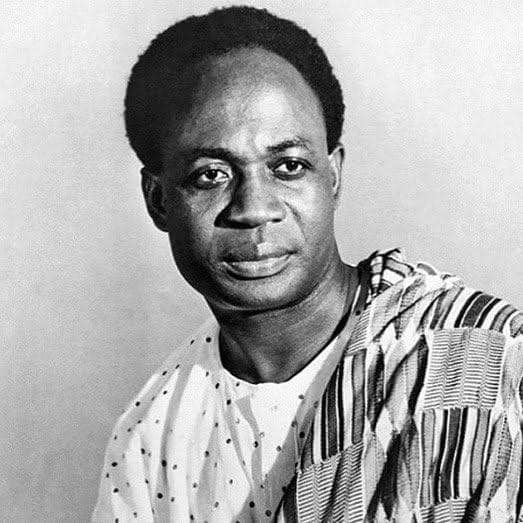
5 Places To Visit In Ghana As A Tourist
Ghana has more historic towns than other African nations, and these towns have had a significant impact on the region’s development and culture.
The majority of these historic towns in Ghana and the surrounding areas began as hubs for the trade of goods and slaves. They were created when man recognized the need to begin agricultural output and exchange the surplus for the goods he lacked.
There is a chance that Ghana would forget about some of the locations that were significant in the history of the nation due to a lack of recording. This nation has a rich untold and hidden history that must be preserved at all costs. The old cities in Ghana and the individuals who founded them are among the historical highlights that people should be aware of.
1. Manhyia Palace
The Asantehene, the supreme ruler of the Asante country, had his residence here. It’s in Kumasi, the administrative center of the Ashanti Region. The palace was initially constructed by the Ashantis, and it was so stunning and opulent that when the British first saw it, they were surprised by its size. The palace was filled with rows and rows of books in different languages. Nevertheless, the British still destroyed it during the Golden Stool War. In 1925, it was rebuilt by the British themselves.
2. Nzulezu Stilt
It was a unique village situated on a lake near the western coast of the nation. The settlement, which is 400 years old, is close to the Cote d’Ivoire border. It was constructed in Lake Tadane on stilts. The name Nzulezu refers to the water’s surface in the Nzema language, which is how the village got its name. The village’s residents were from the Walata Empire, which once ruled Ghana. Buildings have been developed on both sides of the long pier where the center is located. Living quarters are on one side, while shops and a school are on the other.
3. Ejisu
About 20 kilometers from Kumasi, along the Kumasi-Accra highway, is the Greater Kumasi city of Ejisu. It serves as the administrative center for the Ejisu Municipal Assembly in Ghana’s Ashanti Region.
The town is known historically to land of Nana Yaa Asantewaa I, the Asante warrior Queen. Tourists can visit and explore the Yaa Asantewaa Museum, the Bafo river among other historical sites in the town.
4. Salaga
The village is located in the Sahel’s furthest southern reaches. In the eighteenth and nineteenth centuries, Salaga was a significant market town. As a commercial hub, it facilitated the exchange of regional kola between the north and south.
Due to the influence of trade, Salaga’s population has always been diverse. The Hausas, Wangaras, Gurmas, Dagomabs, and other ethnic groups were among its residents. Additionally, its market served as a hub for travel to and from nearby cities including Yendi and Kpabia as well as the southernmost coast and the northern Sahel.
5. Cape Coast
The Central Region of Ghana and its main city are both called Cape Coast. A World Heritage Site designation was given to this historic city. This city is home to the Cape Coast Castle. In the 14th century, it served as a stopover for Portuguese navigators traveling through the Ghana Empire.
The city was controlled by the British, Swedish, Portuguese, Dutch, and Danish between the 16th century and Ghana’s independence in 1957. The inhabitants of Oguaa are credited with founding this amazing city.
READ ALSO: Bobiri Butterfly Sanctuary In Ghana
WATCH AND SUBSCRIBE TO OUR CHANNEL BELOW:








